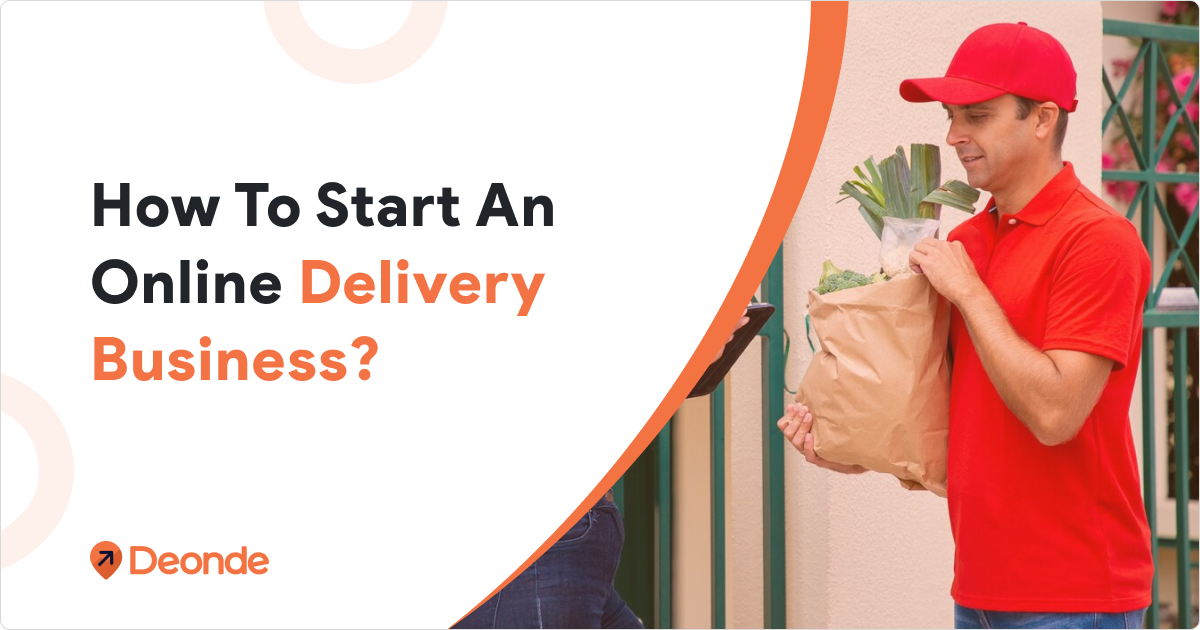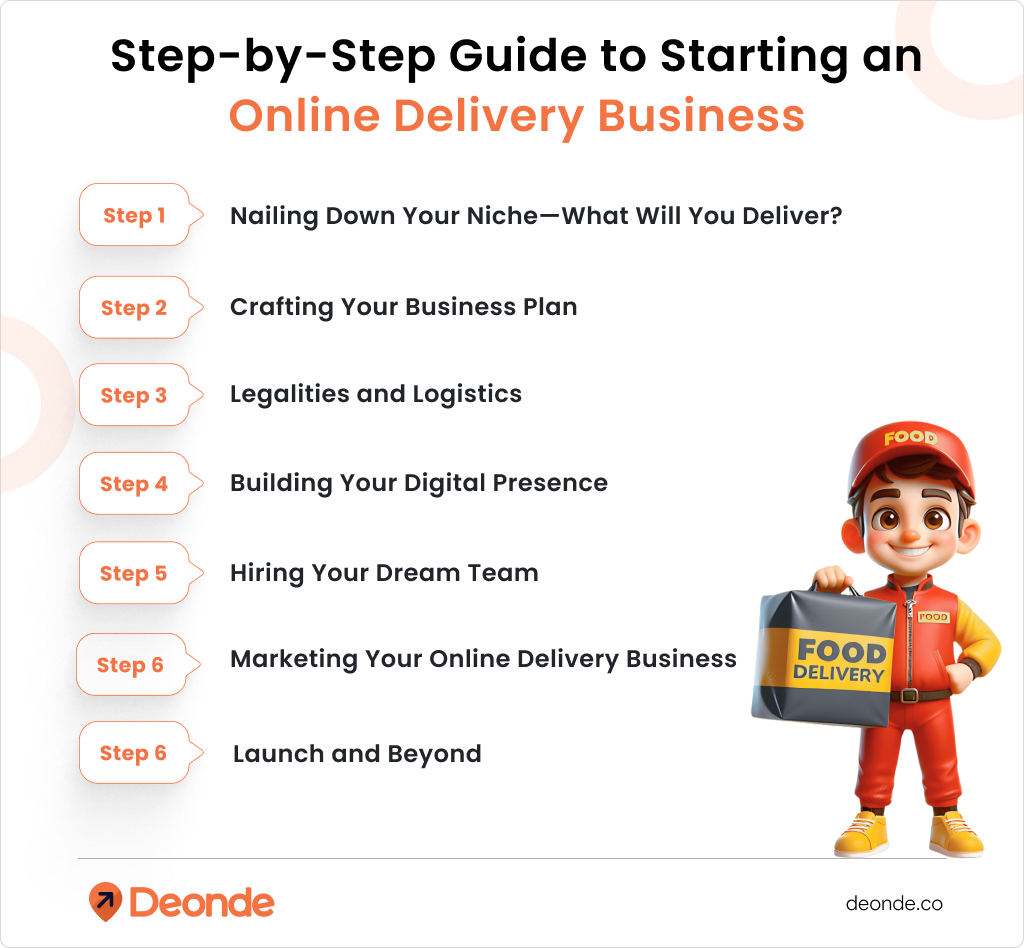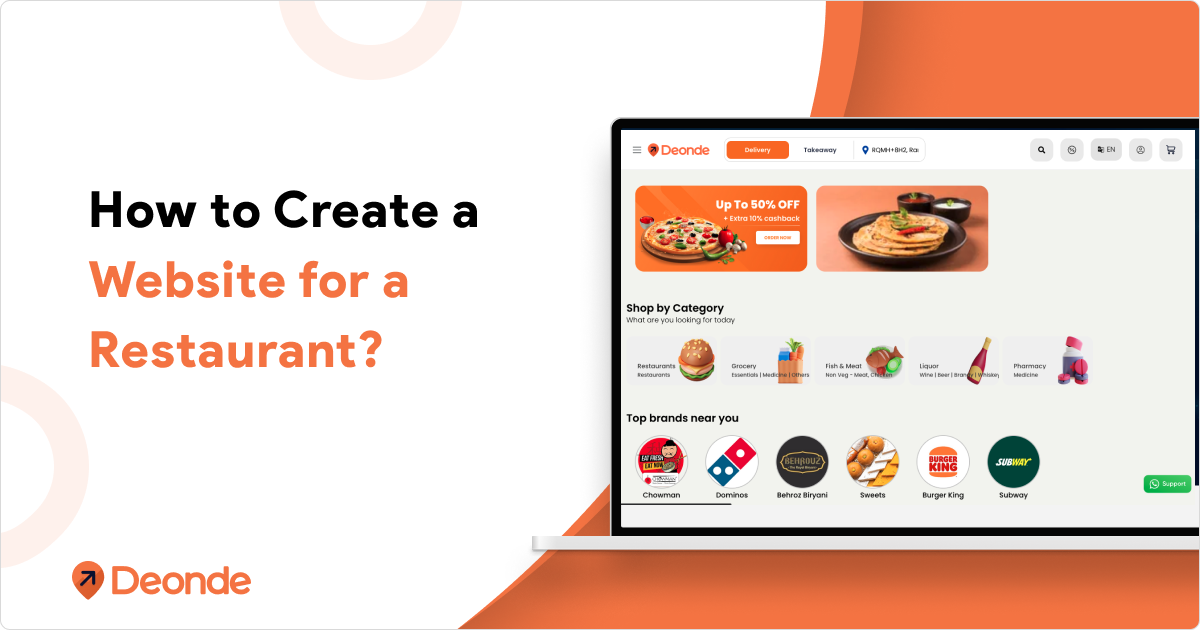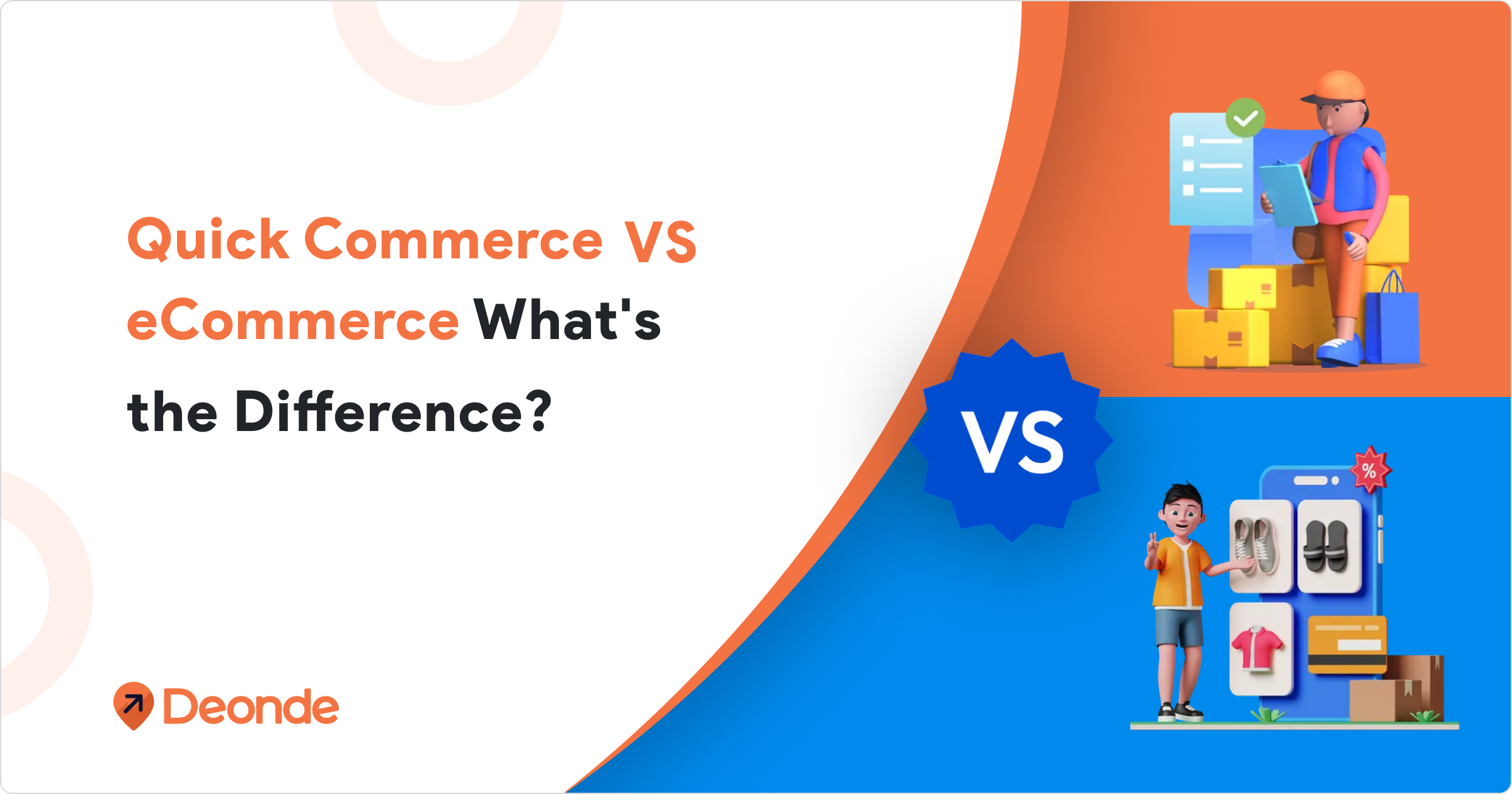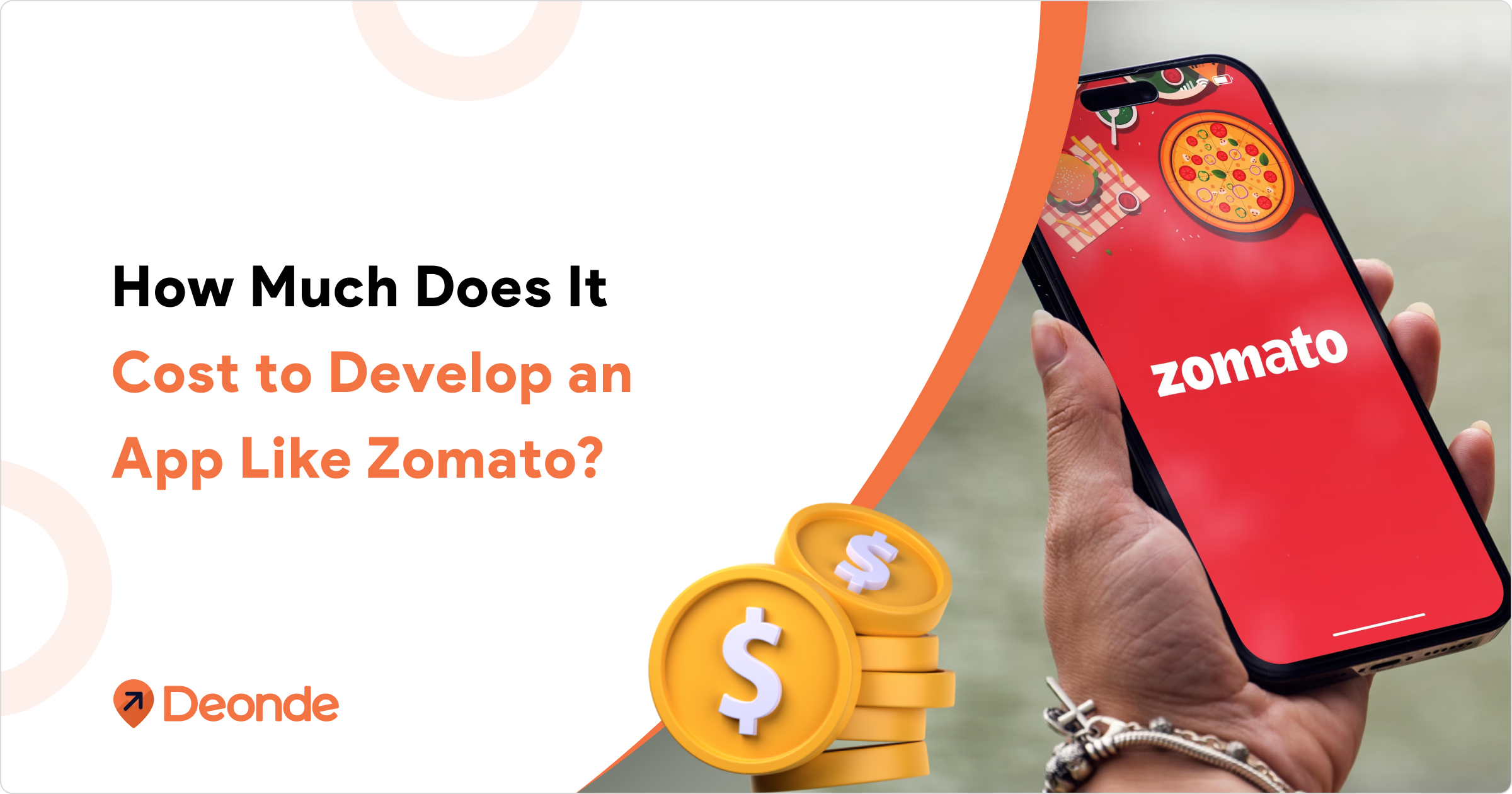From food to groceries, medicines to parcels, today’s consumers expect everything at their doorstep—fast, reliable, and on-demand. If you’ve been observing this shift and wondering how to capitalize on it, this guide is for you.
Starting an online delivery business has never been more accessible or more lucrative. The global last-mile delivery market is booming, fueled by rising urban populations, digitization, and the need for convenience. Entrepreneurs, small business owners, and even traditional retailers are increasingly looking to tap into this thriving ecosystem.
This comprehensive, step-by-step guide will walk you through the exact process of launching a successful delivery business online. Whether you want to start with a hyperlocal food delivery model, a multi-vendor grocery delivery app, or an all-in-one logistics service, you’ll find everything you need right here.
Let’s dive into the roadmap that will turn your vision into a thriving delivery venture.
Why are Delivery Businesses Profitable?
Before we get into the details of starting an online delivery business, it’s crucial to understand the potential profitability of this venture. The short answer is yes; delivery businesses can be highly profitable when executed correctly. Here’s why:
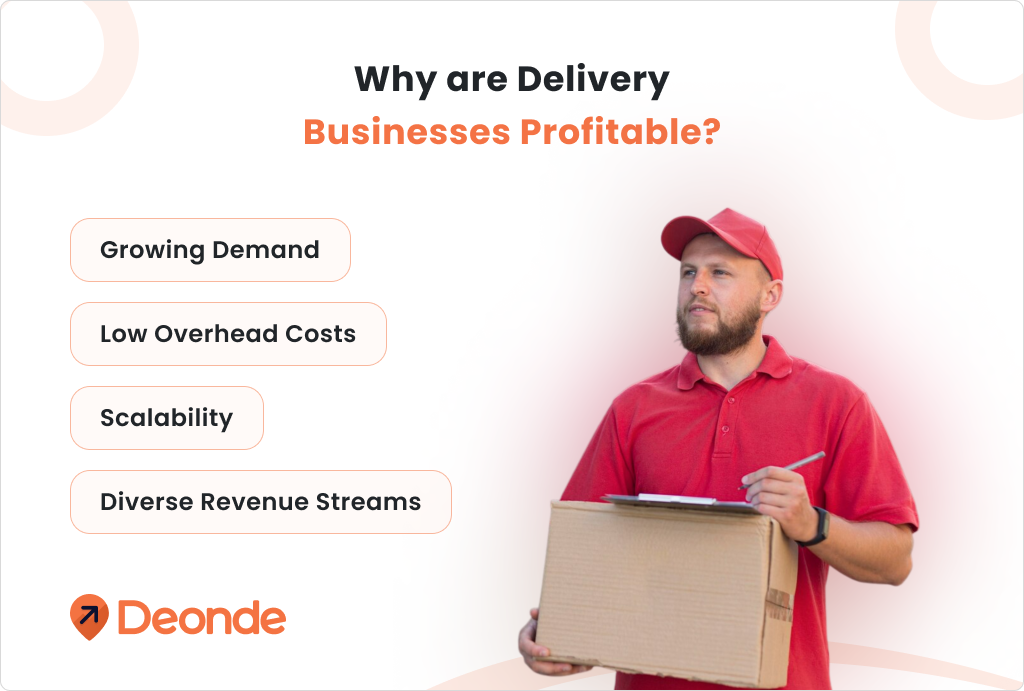
- Growing Demand: With the increase of e-commerce and changing consumer habits, there’s an increasing need for efficient delivery services.
- Low Overhead Costs: Many delivery businesses can be started with minimal initial investment, especially if you’re using your vehicle or a small fleet.
- Scalability: As your business extends, you can easily expand your services and coverage area to increase profits. extends
- Diverse Revenue Streams: You can cater to various industries, from food delivery to courier services, creating multiple income sources.
However, profitability depends on location, competition, operational efficiency, and marketing strategies. Conducting market research and creating a reliable business plan is essential to boosting your chances of success.
Step-by-Step Guide to Starting an Online Delivery Business
Follow these steps to launch your online delivery business:
Step 1: Nailing Down Your Niche— What Will You Deliver?
This is perhaps the most crucial step in the entire process. The online delivery market is broad, and trying to be everything to everyone is a recipe for disaster. Instead, focus on a specific niche where you can excel.
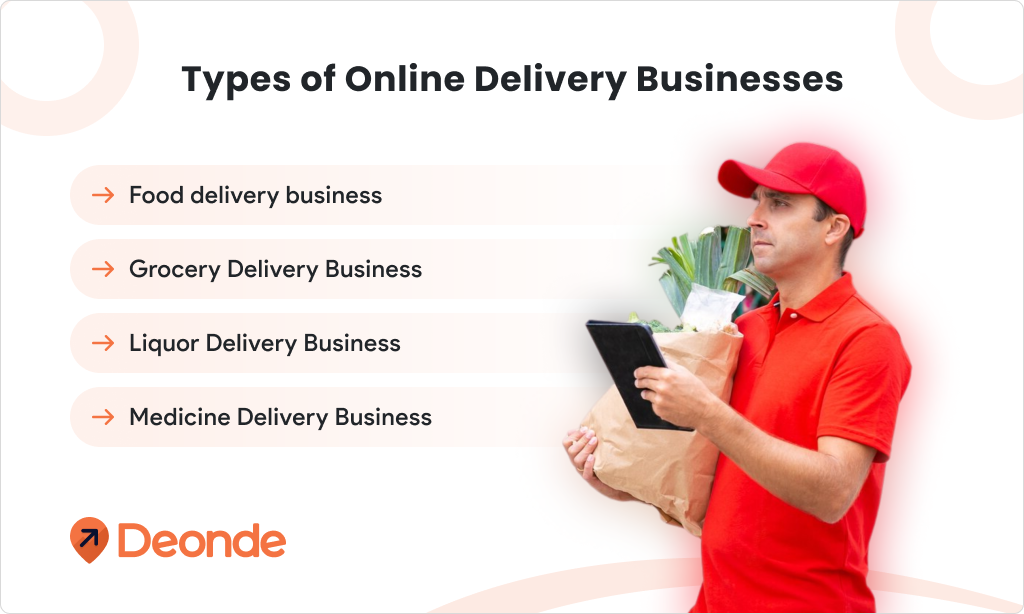
Food delivery business
Food delivery services have seen remarkable growth in recent years, fueled by busy lifestyles and the convenience of ordering meals online. Investing in robust food delivery software is crucial if you consider this niche. The right software can streamline order management, route optimization, and customer communication, giving you a competitive edge in this fast-paced market.
Grocery Delivery Business
Grocery delivery is another sector that has gained significant traction, especially after recent global events. This niche requires careful planning and execution, as you’ll handle perishable items and potentially large orders. Grocery delivery software can help you manage inventory, schedule deliveries efficiently, and maintain the quality of products throughout the delivery process.
Liquor Delivery Business
Alcohol delivery services have gained popularity, offering a suitable option for customers to enjoy their favorite beverages at home. This niche has specific legal requirements, including age verification and adherence to local liquor laws. Alcohol delivery software can assist with these compliance issues while managing orders, optimizing delivery routes, and tracking inventory from partnering stores.
Liquor Delivery Service Gets Green Signal: Liquor App Development, Features & More!
Medicine Delivery Business
The medicine delivery niche is a growing sector with unique challenges and rewards. As healthcare becomes more patient-centric, the demand for convenient medication delivery is rising. This niche requires strict adherence to regulations and careful handling of sensitive items. Specialized medicine delivery software can help you maintain compliance, ensure accurate deliveries, and manage prescription information securely.
Step 2: Crafting Your Business Plan: The Blueprint for Success
Once you’ve identified your niche, it’s time to put pen to paper (or fingers to keyboard) and develop a robust business plan. This isn’t just a formality; it’s your roadmap to success, outlining your goals, strategies, and how you’ll achieve them.
Key Components of Your Business Plan:
- Executive Summary: A concise overview of your entire plan.
- Company Description: What is your business, what problem does it solve, and what are its values?
- Market Analysis:
- Target Market: Who are your ideal customers? Demographics, psychographics, needs, and pain points.
- Competitive Analysis: Who are your direct and indirect competitors? What are their strengths and weaknesses? How will you differentiate yourself?
- SWOT Analysis: Strengths, Weaknesses, Opportunities, and Threats for your business.
- Services Offered: Detail exactly what you will deliver, your pricing structure, and any unique selling propositions.
- Marketing and Sales Strategy: How will you reach your target customers? Online marketing, local partnerships, social media, SEO?
- Operations Plan: How will your business run day-to-day?
- Delivery Logistics: How will orders be received, processed, picked up, and delivered? What’s your route optimization strategy?
- Technology Stack: What software will you use for order management, dispatch, driver tracking, and customer communication?
- Fleet Management: Vehicles, maintenance, insurance.
- Staffing: Drivers, dispatchers, customer service.
- Management Team: Who are the key players, and what are their qualifications?
- Financial Projections: Crucial for attracting investors and understanding your viability.
- Startup Costs: Vehicles, software, marketing, permits.
- Operating Costs: Fuel, salaries, insurance, platform fees.
- Revenue Projections: How much money do you expect to make?
- Break-Even Analysis: When will your business start making a profit?
Remember, a well-thought-out business plan is a living document. It will evolve as your business grows and adapts to market changes.
Step 3: Legalities and Logistics: Setting Up Shop
Before you hit the road, you need to ensure your online delivery business is legally sound and operationally efficient.
- Business Registration: Register your business entity (sole proprietorship, partnership, LLC, corporation) with the appropriate government agencies. This will vary significantly by location.
- Licenses and Permits: Depending on your niche and location, you may need specific licenses (e.g., food handling permits for food delivery, pharmaceutical licenses for medical delivery). Research local regulations thoroughly.
- Insurance: This is non-negotiable. You’ll need commercial auto insurance for your delivery vehicles, general liability insurance, and possibly worker’s compensation insurance for your employees.
- Payment Processing: Set up secure payment gateways to accept online payments from your customers. Popular options include Stripe, PayPal, and Square.
- Logistics and Operations:
- Delivery Fleet: Decide whether you’ll use your own vehicles, lease vehicles, or work with independent contractors.
- Route Optimization Software: Essential for efficiency, saving fuel, and reducing delivery times.
- Packaging and Equipment: Depending on your niche, you might need insulated bags, specialized containers, or other delivery equipment.
Step 4: Building Your Digital Presence: Website and App Development
In the world of online delivery, your digital storefront is paramount. This is where customers will find you, place orders, and interact with your brand.
- Website: A professional, user-friendly website is a must. It should clearly outline your services, pricing, service areas, and contact information. Key features include:
- Online Ordering System: This is the heart of your operation. It should be intuitive and mobile-responsive.
- Menu/Product Catalog: High-quality images and clear descriptions are crucial.
- Customer Accounts: Allow customers to track orders, view past purchases, and save preferences.
- Payment Gateway Integration: Seamless and secure payment processing.
- Customer Support: Live chat, FAQ section, contact forms.
- Mobile App (Optional but Recommended): While not essential for launch, a dedicated mobile app significantly enhances the customer experience, especially for frequent users. It offers push notifications, faster ordering, and better engagement. You can start with a mobile-responsive website and consider app development as you scale.
- Choosing the Right Technology Stack:
- Off-the-shelf Solutions: Many platforms are designed specifically for delivery businesses (e.g., Tookan, Onfleet, Olo). These can be quicker and more cost-effective to set up initially.
- Custom Development: Offers greater flexibility and scalability but comes with a higher upfront cost and longer development time. This is often a consideration for later stages.
- White-label Solutions: Some companies offer pre-built apps and websites that you can brand as your own.
Step 5: Hiring Your Dream Team: Drivers and Staff
Your delivery drivers are the face of your online delivery business. Their professionalism and efficiency directly impact customer satisfaction.
- Recruitment:
- Drivers: Look for reliable individuals with clean driving records, good communication skills, and a strong work ethic. Consider background checks.
- Dispatchers/Customer Service (as you grow): Individuals who can manage orders, resolve issues, and provide excellent support.
- Training:
- Route Optimization: Train drivers on using your chosen navigation and route optimization software.
- Customer Service: Emphasize courtesy, professionalism, and problem-solving skills.
- Safety Protocols: Ensure drivers adhere to all traffic laws and safety guidelines.
- Handling Goods: Proper handling of delicate items, temperature-sensitive products, etc.
- Compensation and Incentives: Offer competitive pay, performance-based bonuses, or other incentives to attract and retain top talent.
Step 6: Marketing Your Online Delivery Business: Getting the Word Out
Even the best online delivery business won’t succeed if no one knows about it. A robust marketing strategy is crucial for attracting your first customers and scaling your operations.
- Search Engine Optimization (SEO): This is paramount for online visibility.
- Keyword Research: Identify the terms your target customers are searching for. (e.g., “start online delivery business,” “local food delivery service,” “best grocery delivery app,” “how to set up a delivery company,” “on-demand delivery startup,” “delivery business plan,” “mobile delivery solutions”).
- On-Page SEO: Optimize your website content, meta descriptions, titles, and images with relevant keywords.
- Local SEO: Claim and optimize your Google My Business profile. Encourage reviews. Target local keywords (e.g., “food delivery [your city]”).
- Content Marketing: Create valuable blog posts (like this one!), guides, and articles related to your niche to attract organic traffic.
- Social Media Marketing: Establish a strong presence on platforms where your target audience spends their time. Share engaging content, run contests, and interact with your followers.
- Paid Advertising (PPC): Google Ads and social media ads can provide immediate visibility and drive targeted traffic.
- Local Partnerships: Collaborate with local businesses, restaurants, or stores to offer their products through your service. This provides mutual benefit and expands your reach.
- Email Marketing: Build an email list and send out promotions, updates, and special offers to your customers.
- Offline Marketing: Consider flyers, local newspaper ads, or community events, especially in the initial stages.
- Customer Reviews and Testimonials: Actively encourage satisfied customers to leave reviews on your website, Google My Business, and social media. Positive reviews build trust and credibility.
Step 7: Launch and Beyond: Scaling Your Online Delivery Business
The launch is just the beginning. Continuous improvement and strategic scaling are key to long-term success.
- Soft Launch: Start with a small service area or a limited number of partners to iron out any kinks in your operations before a full-scale launch.
- Monitor and Analyze: Track key metrics like delivery times, customer satisfaction, order volume, and profitability. Use this data to identify areas for improvement.
- Gather Feedback: Actively solicit feedback from both customers and drivers. This is invaluable for refining your service.
- Iterate and Improve: Be prepared to adapt your strategies based on market feedback and changing trends.
- Expand Your Service Area: Once you’ve mastered your initial operating zone, gradually expand to new neighborhoods or cities.
- Diversify Your Offerings: Explore adding new product categories or services within your niche.
- Invest in Technology: As you grow, consider investing in more advanced technology to streamline operations and enhance the customer experience.
Why Opt for Deonde for Delivery Business?

Choosing the right delivery management platform is crucial for the success of your online delivery business. Deonde offers a comprehensive solution tailored to the needs of modern delivery services:
1. All-in-one Platform
Deonde provides a complete ecosystem for managing your delivery business, from order processing to route optimization. This integrated approach removes the need for various delivery management software solutions, streamlining your operations and reducing potential points of failure.
2. Customizable Solutions
Customize the platform to meet your unique business requirements and scale seamlessly as you expand. Whether you’re running a small local delivery service or a large-scale operation, Deonde’s flexible architecture can accommodate your unique requirements.
3. Customer Support
Benefit from Deonde’s expert support team to resolve any issues quickly. With customer support availability, you can ensure your business runs smoothly around the clock. The support team is well-versed in the complexities of delivery businesses, offering technical assistance and valuable industry insights.
4. Real-time Tracking
Offer customers live order tracking, improving transparency and satisfaction. This feature reduces customer inquiries about order status and builds trust and loyalty by keeping clients informed throughout delivery.
5. Multi-language Support
If you’re operating in diverse markets, Deonde’s multi-language support ensures you can cater to a global customer base. The platform can be easily localized to different languages, expanding your potential market reach.
6. Data Analytics
Gain useful insights into your business performance to make informed decisions. Deonde’s advanced analytics tools help you understand key metrics such as delivery times, customer preferences, and peak hours, allowing you to optimize your operations and boost profitability.
Conclusion
Starting an online delivery business can be rewarding in today’s digital economy. By following this guide and leveraging the right tools, you can set yourself up for success in this competitive industry.
Remember, the key to a thriving delivery business lies in understanding your market, providing exceptional customer service, and optimizing your operations. With dedication, the right strategy, and the support of robust technology solutions, your online delivery business can thrive and meet the increasing demand for convenient, efficient delivery services.
The opportunities are vast, whether you’re planning to start a food delivery service, a courier business, or any other delivery venture. Take the first step today, and you could be on your way to building a successful online delivery empire with Deonde.


